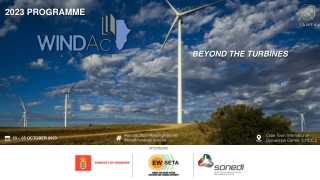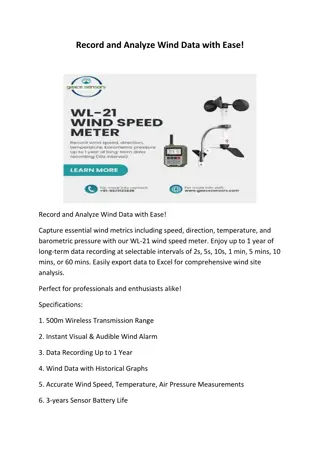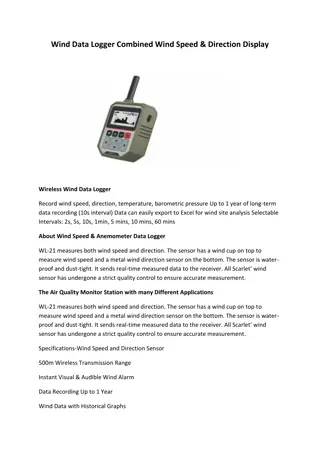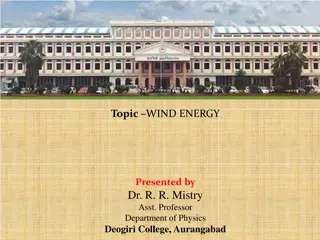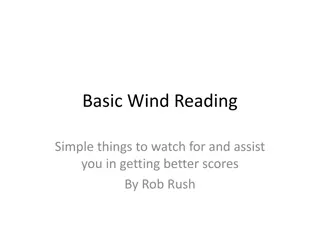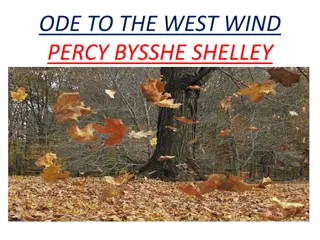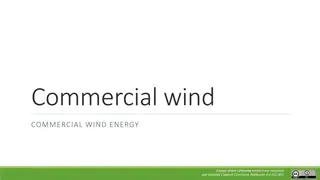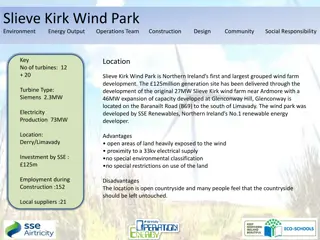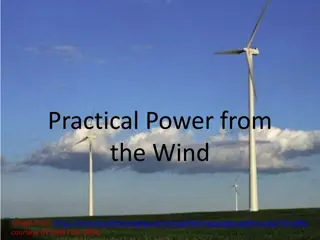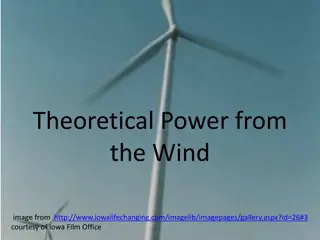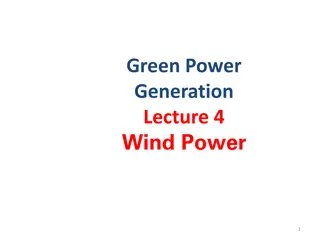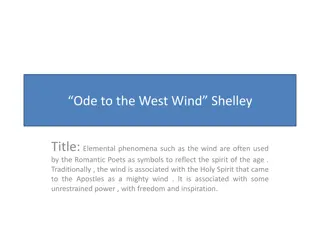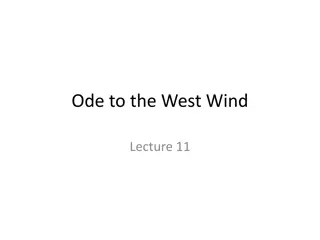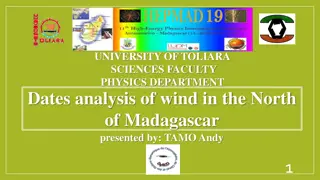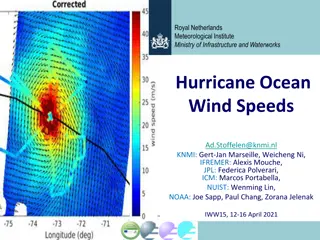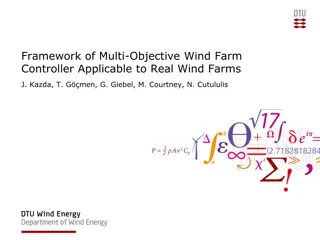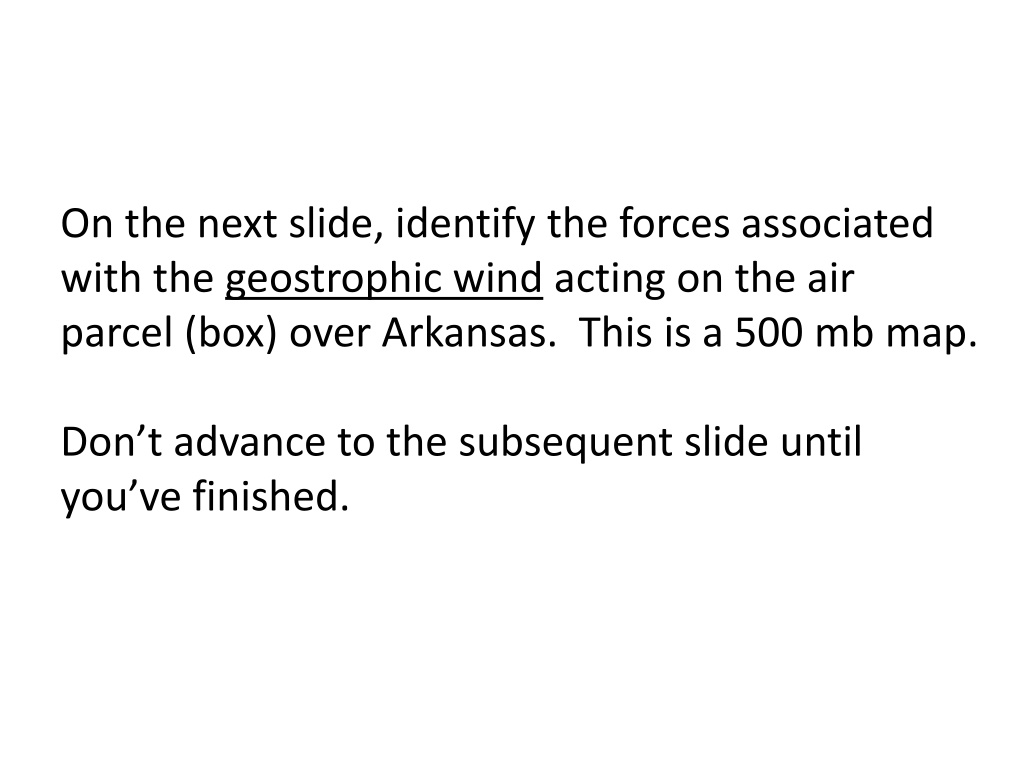
Understanding Forces in Atmospheric Circulation
This presentation explains the forces associated with different wind patterns in atmospheric circulation. It covers the geostrophic wind over Arkansas, gradient wind over Kentucky, and surface wind over Lake Huron. The forces include pressure gradient force (PGF), Coriolis force (COR), centrifugal force, and friction, impacting the direction and speed of the winds. The relationship between these forces determines the flow of air parcels in various atmospheric conditions.
Download Presentation

Please find below an Image/Link to download the presentation.
The content on the website is provided AS IS for your information and personal use only. It may not be sold, licensed, or shared on other websites without obtaining consent from the author. If you encounter any issues during the download, it is possible that the publisher has removed the file from their server.
You are allowed to download the files provided on this website for personal or commercial use, subject to the condition that they are used lawfully. All files are the property of their respective owners.
The content on the website is provided AS IS for your information and personal use only. It may not be sold, licensed, or shared on other websites without obtaining consent from the author.
E N D
Presentation Transcript
On the next slide, identify the forces associated with the geostrophic wind acting on the air parcel (box) over Arkansas. This is a 500 mb map. Don t advance to the subsequent slide until you ve finished.
PGF is from higher to lower pressure (or, in this case, heights). For geostrophic flow, COR is equal (in magnitude) and opposite (in direction) PGF COR
COR acts to the right of the geostrophic wind in the Northern Hemisphere, so the wind is WNW, parallel to the height contours. PGF Vgs COR
Now identify the forces associated with the gradient wind acting on the air parcel (box) over Kentucky.
For flow around a curved path, the inward force (in this case PGF) is stronger than the outward (COR). There is also an outward centrifugal force that increases with stronger winds and a smaller radius. The resulting gradient wind flows parallel to curved isobars (the wind goes around a curved path without crossing the contours). PGF Vgr Centrifugal COR
Finally, identify the forces associated with the surface wind acting on the air parcel (box) over Lake Huron.
PGF Friction Vsfc Centrifugal COR This looks more complicated than it is. Friction slows the wind, thereby reducing the magnitude of COR and CENT. PGF is unaffected. The resulting balance is cross-isobaric flow TOWARD LOW PRESSURE. COR is always to the right of the resulting wind (in the N. Hemisphere) and friction is always opposite the wind direction. So more friction gives you more cross-isobaric flow and a weaker wind.


